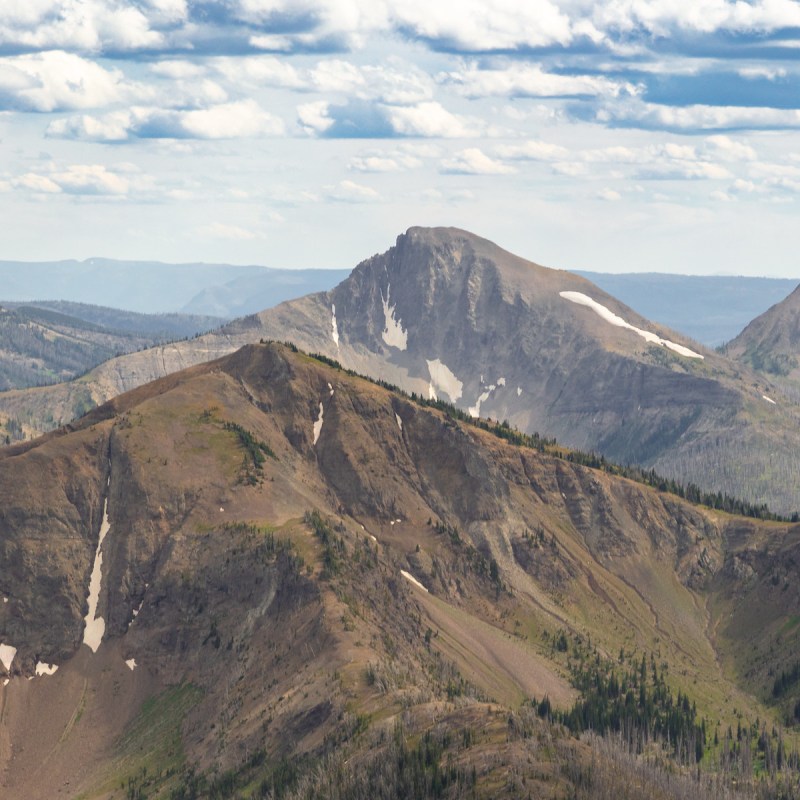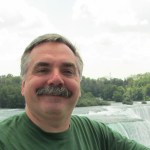
(Photo Credit: Jacob W. Frank / NPS)
The name of a popular mountain in Yellowstone National Park has now been changed to First Peoples Mountain.
Videos by TravelAwaits
The change was made to “remove an offensive name from America’s first national park,” the National Park Service explains. The name change also follows a unanimous vote affirming the change by the U.S. Board on Geographic Names, which is the federal body that maintains uniform geographic name usage throughout the federal government.
The 10,551-foot peak, which is east of Yellowstone Lake, had been named after Captain Gustavus Doane, who was a key member of the Washburn-Langford-Doane expedition that explored the area now known as Yellowstone in 1870. However, research shows that earlier that very year, Doane also was a key member of an attack on a band of Piegan Blackfeet in which nearly 200 American Indians were killed. That attack is known as the Marias Massacre.
“Doane wrote fondly about this attack and bragged about it for the rest of his life,” the National Park Service explains.
“This name change is long overdue,” Piikani Nation Chief Stan Grier said, according to the Associated Press. “We all agreed on ‘First Peoples’ Mountain’ as an appropriate name to honor the victims of such inhumane acts of genocide, and to also remind people of the 10,000-year-plus connection tribal peoples have to this sacred place now called Yellowstone.”
The Piikani Nation’s traditional territory covers much of Montana, including the site of the Marias Massacre. It also stretches into Alberta and Saskatchewan, Canada.
The Marias Massacre
In January 1870, on what was documented as a bitterly cold morning with temperatures hovering around 30 degrees below zero, U.S. Army troops attacked the camp of Piikuni Chief Heavy Runner as an act of retribution for the alleged murder of a white fur trader. At least 173 American Indians were killed in the attack.
“Many of the victims were sick with smallpox; most were women, children, and the elderly — almost all of the able-bodied men were out hunting,” the Montana Historical Society explains.
“Following the brutal slaughter, the soldiers then burned the Indians’ tipis and other possessions and took their horses, decreasing the likelihood that those who survived the attack would be able to survive the harsh winter weather.”
Today, Blackfeet members, including descendants of survivors, gather at the massacre site each year to commemorate the tragedy, according to the Billings Gazette.
An Overdue Reckoning
The decision to change the mountain’s name to First Peoples Mountain is based on recommendations from the Rocky Mountain Tribal Council, subsequent votes within the Wyoming Board of Geographic names, and with support from the National Park Service. Yellowstone officials also contacted all 27 associated Tribes and received no opposition to the name change nor concerns, the National Park Service reports.
It should be pointed out that the name change comes after years of petitions for the government “to do what is right and what is moral,” Blackfeet Tribal member Tom Rodgers said, according to CNN.
“We heard our Blackfeet sisters’ screams as they ran to the river on that cold January morning in 1870,” said Rodgers, who also is an adviser on the Rocky Mountain Tribal Council. “We heard their cry for justice. We sought justice. We sought an accounting. We sought a reckoning with history. It has taken far, far too long for this journey of healing to arrive.”
The National Park Service notes that Yellowstone may consider changes to other names that are deemed derogatory or inappropriate.
Be sure to also read the rest of our Yellowstone content, including
